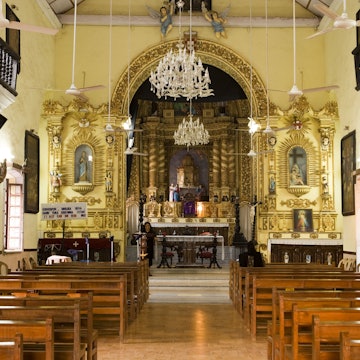
Overview
A kaleidoscopic blend of Indian and Portuguese cultures, sweetened with sun, sea, sand, seafood, susegad and spirituality, Goa is India's pocket-sized paradise.
Leave the planning to a local expert
Experience the real Goa. Let a local expert handle the planning for you.
Must-see attractions
Planning Tools
Expert guidance to help you plan your trip
Best Things to Do
Experience the best of Goa – India's coastal paradise – with this guide to the region's top things to do.
Read full article
Get a book. Get inspired. Get exploring.
in partnership with getyourguide












